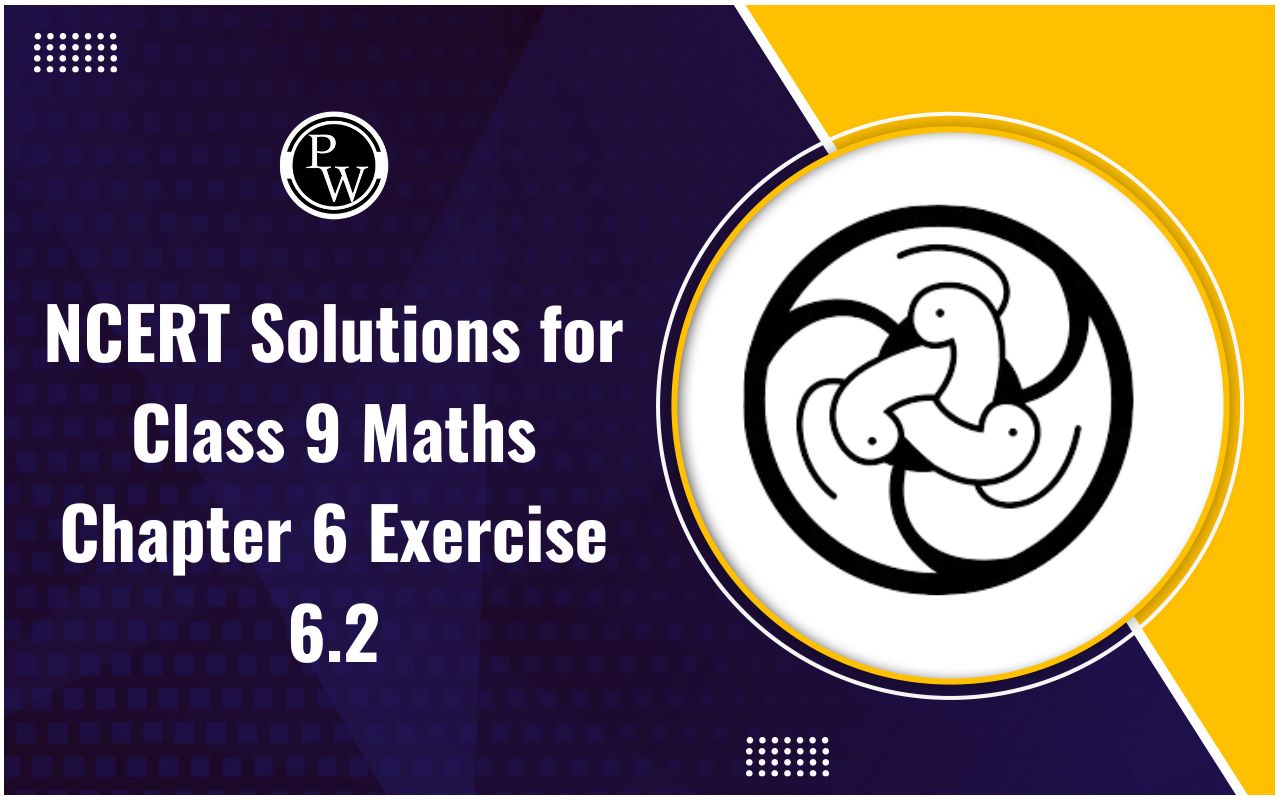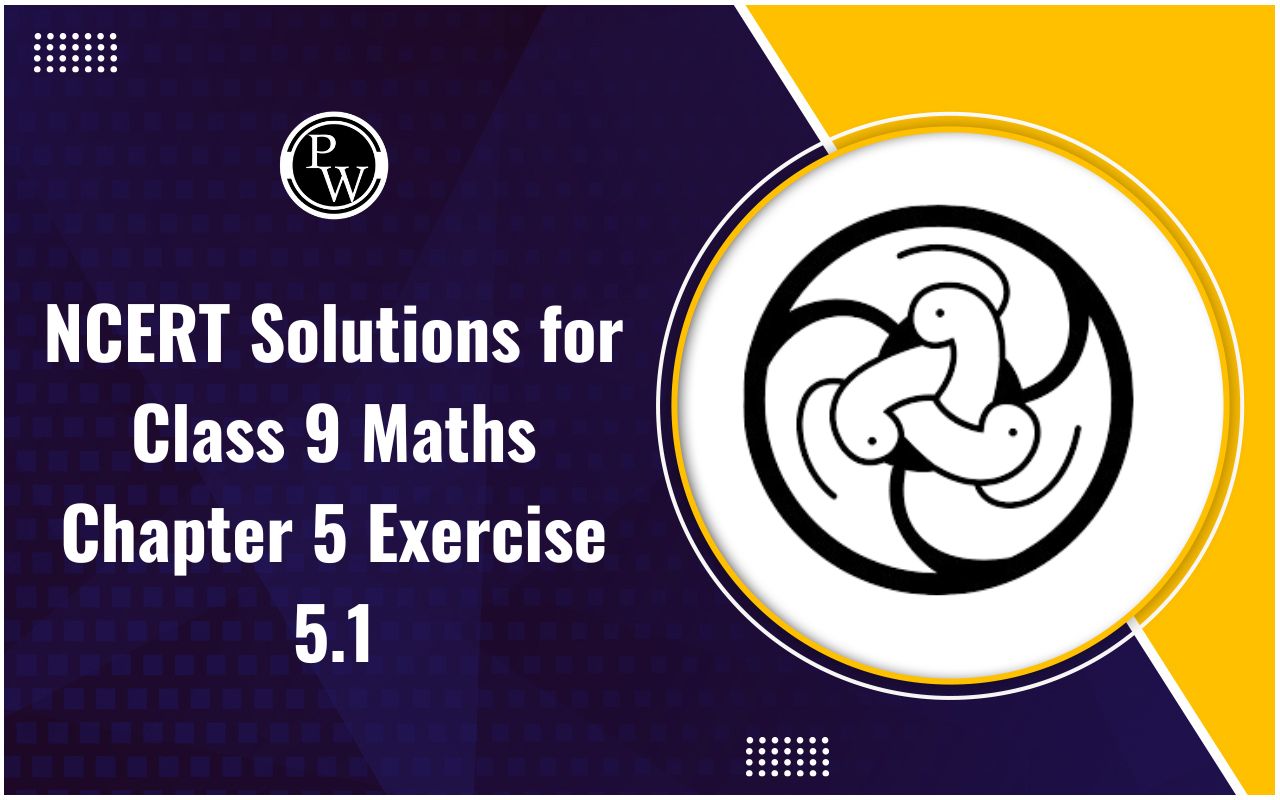

Definition Of Rotational Inertia
Rotational Inertia Formula: Rotational Inertia, simply put, is the property of an object to resist changes in its rotational state. In essence, it's the rotational analog of mass in linear motion. The greater an object's rotational inertia, the harder it is to change its rate of rotation. This concept is highly relevant in various fields. In physics, it helps us understand how objects spin, while in engineering, it's crucial for designing machinery and calculating the stability of structures.Rotational Inertia Formula
The formula for calculating Rotational Inertia is represented as: I = Σmr² In this formula: - I stands for the Rotational Inertia. - Σ signifies the summation symbol. - m represents the mass of individual particles within the object. - r is the distance of each particle from the axis of rotation.Also Check - Specific Gravity Formula
Explaining the Formula To understand how this formula works, consider an object that is rotating about a fixed axis. The formula sums up the rotational inertia of all the individual particles making up the object. In simple terms, it takes into account not just the mass but also how that mass is distributed from the axis of rotation. For example, think of a spinning figure skater. When they extend their arms, they increase their rotational inertia, making it harder for them to change their spin rate. Conversely, when they pull their arms close, their rotational inertia decreases, and they can spin faster.Also Check - Transformer Formula
Solved Questions of Rotational Inertia Formula
Problem 1: Calculate the rotational inertia of a thin rod with length L and mass M, rotating about one end.Solution:
- We'll break the rod into tiny elements dm, each located at a distance x from the axis.
- The rotational inertia for each element is dI = r² dm, where r is x in this case.
- We need to integrate this over the entire length of the rod. So, ∫r² dm from 0 to L.
- After integration, you'll find that I = 1/3 ML².
Solution: For a solid disk, the formula is I = 1/2 MR², where M is the mass and R is the radius. This is a well-known result in physics.
Problem 3: Determine the rotational inertia of a hoop (thin-walled ring) with radius R and mass M rotating about its central axis.Solution: The formula for the rotational inertia of a hoop is I = MR², where M is the mass and R is the radius. This result is also a standard formula in physics.
Problem 4: Calculate the rotational inertia of a solid sphere with radius R and mass M rotating about its central axis.Solution: The formula for the rotational inertia of a solid sphere is I = 2/5 MR², where M is the mass and R is the radius. This is a well-established formula in physics.
Problem 5: Determine the rotational inertia of a thin cylindrical shell with radius R, length L, and mass M rotating about its central axis.Solution: To calculate the rotational inertia of a cylindrical shell, use the formula I = 1/2 MR², where M is the mass, and R is the radius. This is a known result in physics.
Rotational Inertia is a fascinating concept with wide-ranging applications. It serves as a cornerstone for understanding the behavior of objects in rotational motion, and its formula provides a powerful tool for calculations in various fields. The content in this article is designed to be comprehensive, as you requested. It includes detailed solutions to stepwise questions and comprehensive answers to frequently asked questions. If you have any further questions or need additional details, please feel free to reach out.Rotational Inertia Formula FAQs
What's the difference between rotational inertia and regular inertia?
How is rotational inertia different from moment of inertia?
How does the shape of an object affect its rotational inertia?
Can you have negative rotational inertia?












